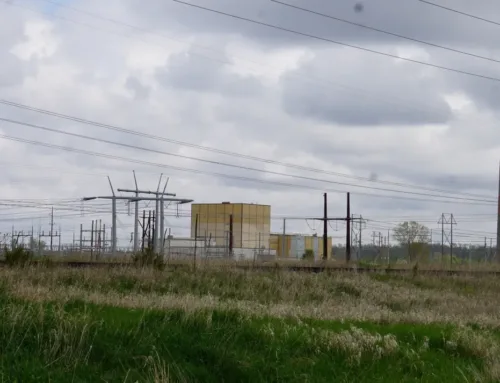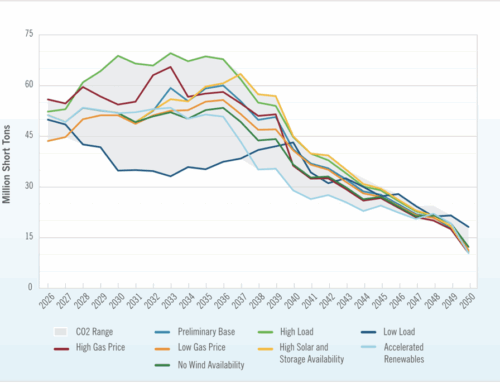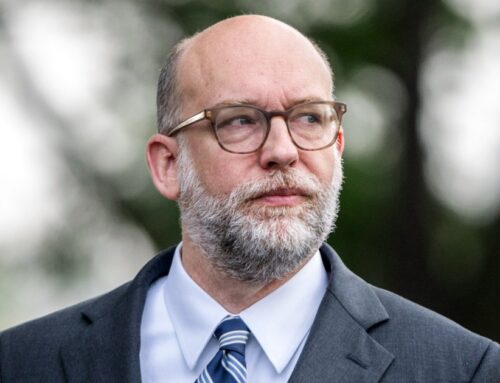Investing in America Child Care Partnership: Building a Stronger Future for Families and E
September 30, 2025
Getting your Trinity Audio player ready…
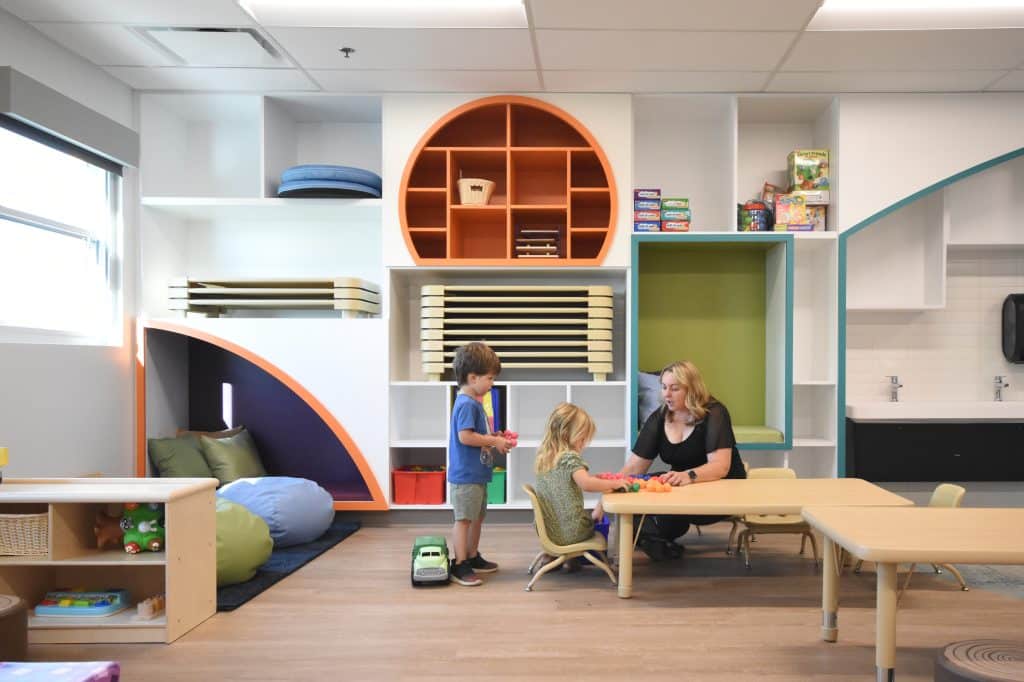
Block by Block is a solutions journalism series that is supported by IFF, CEDAM and Invest Detroit, and is focused on community development leaders and initiatives in Michigan, Ohio and Indiana.
The search for affordable, high-quality child care is more than a personal challenge for working parents. It’s a national crisis with far-reaching economic consequences. In response, a new initiative called the Investing in America Child Care Partnership is bringing together employers and stakeholders to create solutions – particularly in communities where a considerable number of residents work in the manufacturing industry.
Initiated by the David and Lucile Packard Foundation and The Kresge Foundation, the partnership consists of nationally recognized leaders from the business community, government, advocacy groups and funding leaders. Launched in June 2024, the initiative is designed around several strategic pillars, each focused on different key areas of the early child care education (ECE) ecosystem. The goal: strengthen existing ECE systems and co-create sustainable high-quality, affordable ECE options.
“If you don’t have high quality facilities or centers, working parents are forced to make the decision, ‘I’m not going to be able to work,’” says Celina Byrd, director of early childhood strategy for IFF. “From the employees’ lens, if there’s not high quality availability, well, how am I going to go to work? How am I going to feel comfortable leaving my child? I don’t have a plan.”

Headquartered in Chicago, with regional offices in Cleveland, Columbus, Detroit, Grand Rapids, Indianapolis, Kansas City, Milwaukee, and St. Louis, IFF is a mission-driven Community Development Financial Institution (CDFI) dedicated to serving nonprofits and communities throughout the Midwest. As a member of the Investing in America Child Care Partnership, they leverage their holistic approach and knowledge.
“We really want to demonstrate innovations for how economic development and childcare can work together to ensure that economic development strategies can support increasing access to high quality child care,” Byrd says. “We believe that child care is a fundamental right of workers, to ensure that the benefits of economic development, including access to workforce, accrues equitably to all workers.”
$2.8 billion in State Losses Yearly
IFF reports that In Michigan, businesses lose $2.8 billion every year due to child care-related absenteeism and turnover. 59% of parents who are working part-time, or not working at all, say they would return to work if they could access affordable and quality child care. 70% of working parents state that they would likely choose an employer that offers child care benefits over one that doesn’t. In Michigan’s current landscape over 100,000 jobs will go unfilled each year through 2030.
The urgency is real for many single-income families – who pay an average of 40% of their household income on infant care. 52% of parents report their family cannot afford child care. 13.2% of families are living below poverty. The number increases dramatically to 23.7% for families with children under 18. And for families with children 5 years and 5 to 17 years, the number is 37.8%.
Families in child care deserts — a region where there are three or more children for every one child care slot — are especially affected. In Saginaw County, for example, there are 3.5 children (ages 0-5) for every one slot. The number increases to 4.3 for children ages 0-2. Some areas have 20 children to a single slot.
“Expanding the supply of high quality, affordable child care is an imperative for equitable, place-based economic development and infrastructure investments,” Byrd says. “You can’t have one without the other.”
The Investing in America Child Care Partnership’s beginnings were spurred by the Biden administration’s Investing in America agenda. The Infrastructure Investment and Jobs Act (IIJA), Inflation Reduction Act (IRA) and the CHIPS and Science for America Act (CHIPS) pushed forward historically significant investments in semiconductors, biotechnology, clean energy and infrastructure.
While initially intending to leverage federal funding available through Investing in America, the partnership and framework will be replicable with a wide range, and combination of funding sources. Byrd recounts how, even after federal requirements changed, some manufacturers continued to prioritize child care for their employees.
“Employers didn’t run the other direction, because now they didn’t have to commit to that. They recognized that there was still an opportunity,” Byrd says. “They still wanted to be involved with being the solution, regardless of the funds no longer being attached the same way.”
Demonstration Projects Set to Highlight Child Care Solutions at 2026 NACo Event
For Byrd, one of the most innovative aspects is the collaboration with the National Association of Counties (NACo). Funding is supporting county-level pilot demonstration projects in six states including Arizona, New Hampshire, Georgia, Oregon, Ohio and Michigan, with Wayne County as part of the cohort.
The purpose of the demonstration projects is to create “proof points” that show how collaboration can better serve the workforce and families in places with major infrastructure initiatives. Participating counties will present their progress, and innovations in child care, at an upcoming NACo showcase in February — a key milestone for the Investing in America Child Care Partnership.
“I am excited about these minds coming together and really having genuine exchanges of information and kind of silo-busting,” Byrd says. “Ideally, out of that would be a national toolkit. It would be developed like a playbook that we could use throughout, so it doesn’t just stay in one space.”
The Economic Case for Investing
Helping puzzle all the pieces together is the Detroit Regional Workforce Partnership (DRWP). The business-led intermediary simplifies the ways that businesses can engage with educational institutions and workforce development organizations.
“IFF became kind of the centerpiece in bringing together these stakeholders and is unlike any other organization that I’ve had the luxury of working with,” says Jayme Powell, DRWP’s executive director. “They truly stand by their word and they’re leaders who want to be collaborative.”

DRWP’s role in the Investing in America Child Care Partnership is to ensure that employers understand the economic case for investing, or not investing. They determine what is needed for an employer to invest in child care solutions that bolsters their workforce, and the return on investment their company gets by doing so. Powell reports that they’re helping employers navigate a range of options, from on-site child care to advocating for tax credits.
“There’s no silver bullet. There’s no one-size-fits-all-solution, but there is a solution to meet every need,” she says. “A health care system, for instance, may really need to focus on providing odd-hour care or third shift overnight care, but there is a solution that meets that every need.”
Powell says that some employers may not have yet recognized themselves as a solution. It can be challenging for employers to “deepen their perspective,” especially amid economic uncertainty and competing demands. However, she underscores that business owners need to help solve the childcare crisis, which “is both within, and beyond them.”
“Establishing a thriving region that is economically prosperous requires investment in childcare, and that does not negate an investment from the business community,” Powell says. “That investment is not just money. That investment is time, that investment is being loud with government officials. It means influencing policy change.”
She adds, “by investing in child care, you can put thousands and thousands of people back to work. Now you’re talking about tax value, economic participation, people spending in their communities and supporting small businesses.”
Powell points to collaborations as key, maintaining that the child care crisis must be addressed from a multitude of angles with the help of all stakeholders.
“It truly requires a coalition of the willing,” she says. “And, there’s a lot of people willing, but when rubber meets the road, who’s there to help push it forward?”
Planning for Win-Win Solutions
Among the organizations Powell applauds is Executives Partnering to Invest in Children (EPIC), who are also part of the Investing in America Child Care Partnership. The nonprofit began and is based in Colorado by a group of business leaders and entrepreneurs. They understood that investing in early childhood workforce solutions, advancing policies for young children and families, evaluating the impacts on young children’ s future careers, and supporting families’ participation in the workforce was a high priority.
“Child care really is an economic imperative to ensuring a robust workforce, both today and in terms of early childhood investments,” says Steph Itelman, EPIC’s chief impact officer. “Communities can’t thrive if there aren’t places for young children to be cared for and educated.”
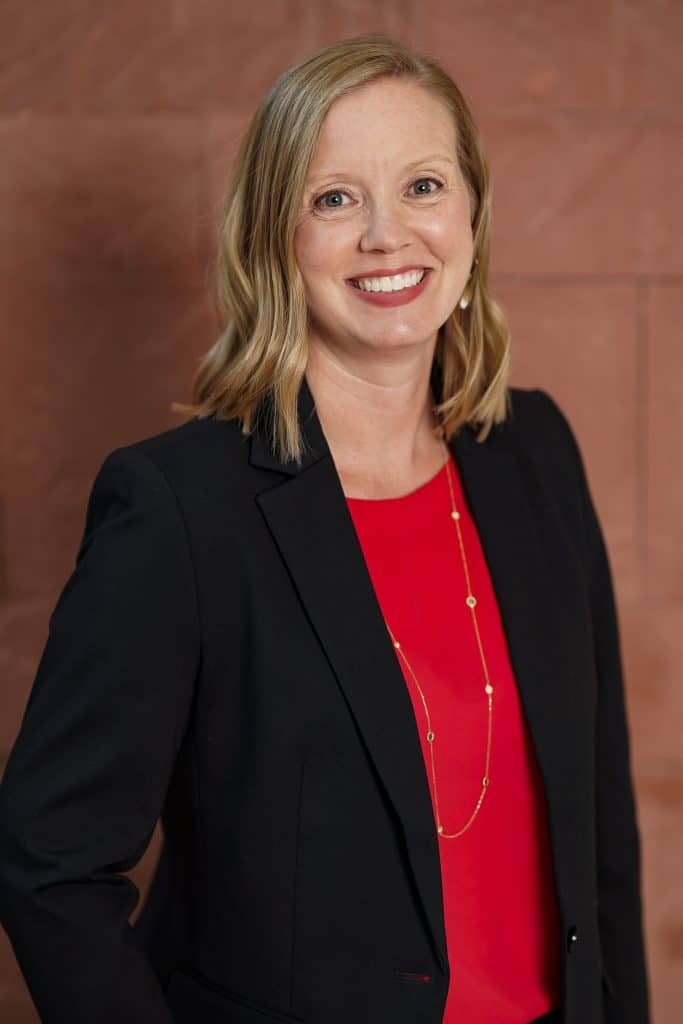
Itelman explains that the landscape has really changed since the 2020 COVID-19 Pandemic. She says business owners may be hearing from their employees that their child care situation is not tenable, whether that’s affordability or accessibility of care. Despite this growing awareness, there are still blind spots.
“Only about 10% of employers ask their employees about what’s happening for them around child care,” she says. “We think that about 40% of the workforce has children under 18 at any given time. That’s a lot of people thinking about what’s going on with their kids while they’re at work.”
In her role, Itelman works directly with organizations — most frequently employers, but also economic development organizations and municipalities — focused on expanding or reducing barriers to access to child care for the workforce. EPIC’s approach is hands-on and data-driven, and the process is tailored to each employer. They start with understanding the current state of what’s happening with a business, their employees, and their community.
Tawny Espinoza, chief development officer at Community Hospital in Grand Junction, Colorado, says that EPIC’s help was “crucial” when accessible and affordable child care was identified as a pressing community need.
“We’re an independent nonprofit hospital, which is a dying breed these days. Maybe about two percent of hospitals across America are still independent and not part of a system,” Espinoza says. “We are one of four health care facilities in our community, one of which is a VA, and our goal is to provide amazing patient care and give back to the community.”
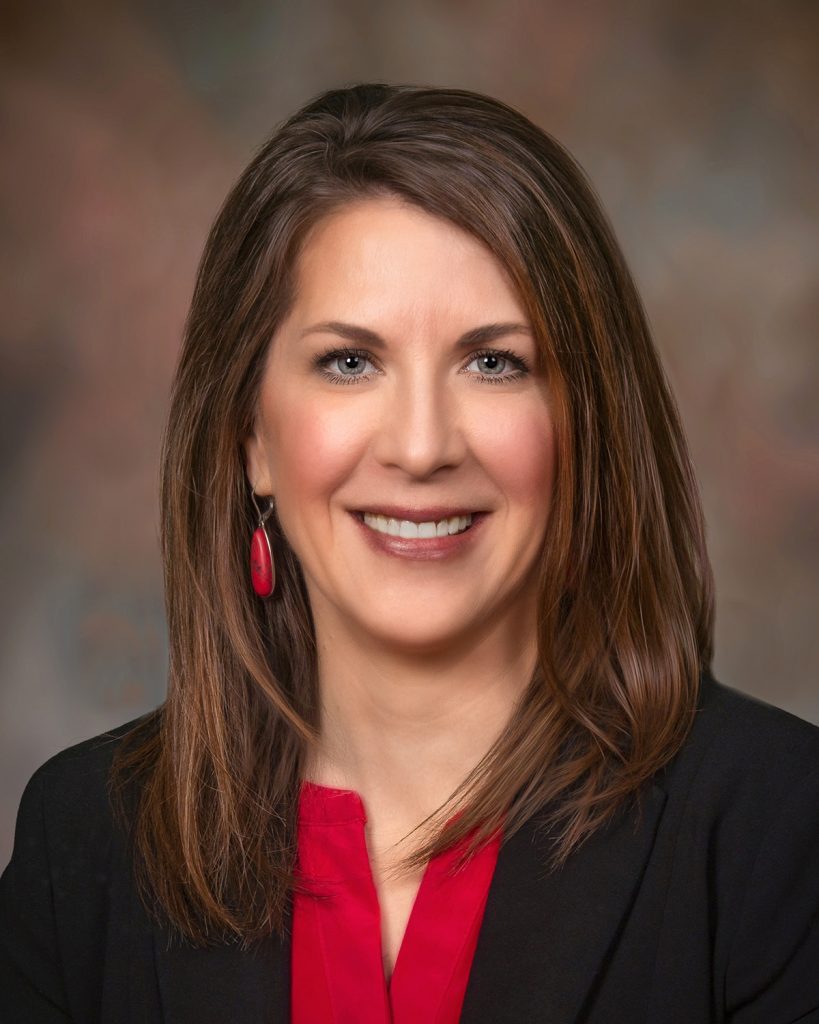
After participating in EPIC’s Design Lab, Community Hospital launched Adventure Academy, its onsite early child care and education facility, which now serves more than 100 children in Mesa County. Through state and federal funds, private donors and event fundraising, Community Hospital was able to raise the entire $5 million that was needed over five years.
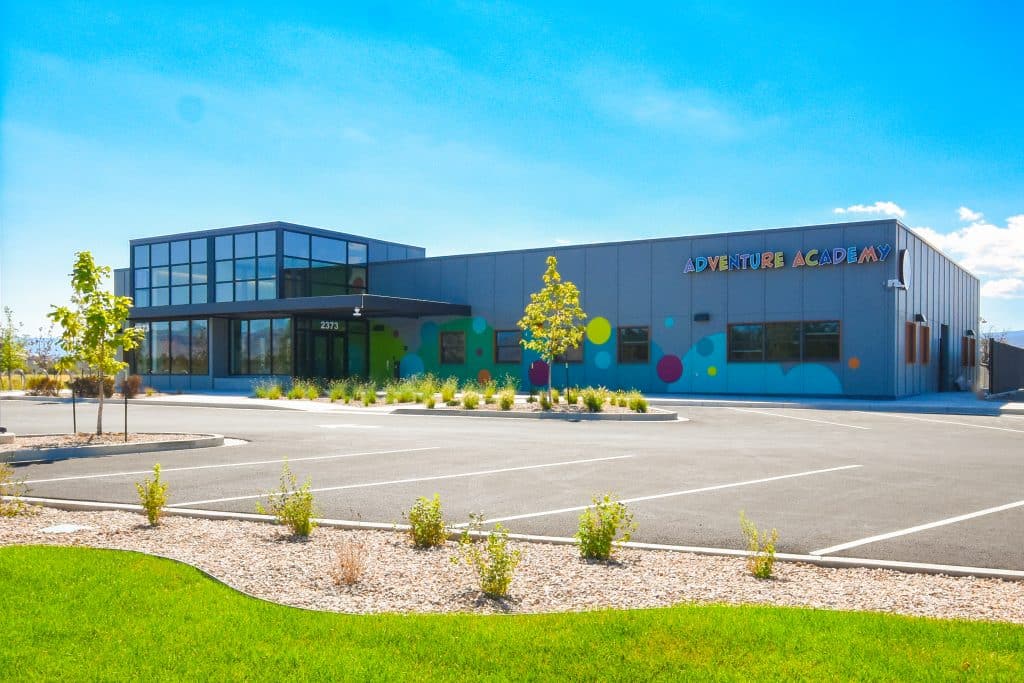
“We’re licensed for 106 blocks, and it’s about a 50/50 split from our employees and kiddos out in the community,” Espinoza says. “So, it’s not solely for our employees or only our employees’ kiddos. We wanted to be part of that greater community solution.”
She adds that EPIC was an amazing resource for understanding child care from a business standpoint. Subsidized childcare was a resource that Community Hospital had wanted to provide for their employees, but it hadn’t been financially possible.
“We knew we needed it to be run like a business in order to ensure sustainability. And we also knew we wanted the absolute highest quality child care,” Espinoza says. “We want to provide the absolute highest quality health care for our patients, and we wanted to do the exact same thing for the children.”
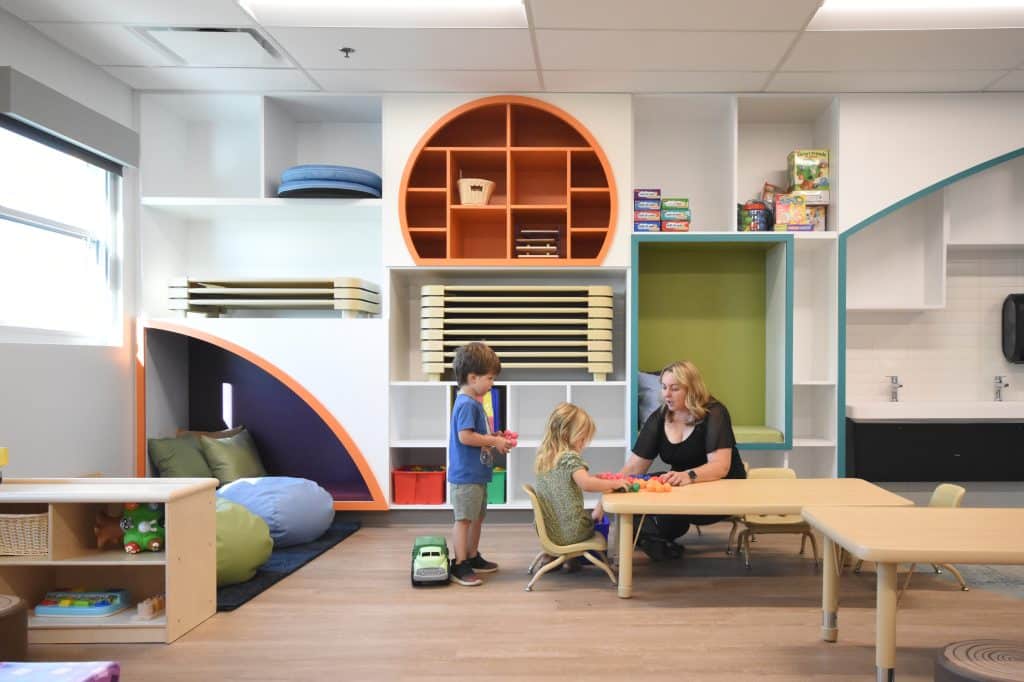
Itelman says that EPIC is looking forward to helping more communities like Espinoza’s.
“The work that we are doing in partnership with IFF and the Detroit Regional Workforce Partnership is our first opportunity to work in Michigan, so we’re really excited about it,” she says.
As the Investing in America Child Care Partnership continues its work, Powell is also looking forward to co-creating a meaningful and sustainable impact with DRWP. She underscores that the partnership does more than just builds communities, but also builds intentional partnerships addressing real community needs.
“It also allows us to learn from the work of others across the country,” Powell says. “It allows us to build, in a more accelerated fashion, than what we would have been able to without it.”
Search
RECENT PRESS RELEASES
Related Post
